Mastering the Art of Effective Feedback: A Guide for Educators and Trainers
"Feedback is information provided by an agent (e.g.,
teacher, peer, book, parent, self-experience) regarding aspects of one's
performance or understanding." - John Hattie
"Feedback in higher education is about providing
learners with insights into their own performance in order to enhance learning
and improve future performance." - Paul Ramsden
This definition highlights the role of feedback in enhancing
the learning process. It emphasizes that feedback should provide learners with
insights into their own performance, enabling them to reflect on their
strengths and weaknesses and make informed decisions about how to improve in
the future.
Functions of Feedback
Evaluation: It assesses an individual's performance against specific criteria or standards. It helps learners understand how well they are meeting expectations and provides them with an overall assessment of their work or progress.
Identification of strengths and weaknesses: Feedback highlights both the positive aspects of an individual's performance and the areas where they can improve. It helps individuals recognize their strengths and build on them, while also identifying areas that require further development.
Motivation and reinforcement: Positive feedback recognizes and reinforces the efforts and achievements of individuals. It boosts their confidence, motivation, and self-esteem, promoting a positive learning environment.
Guidance and direction: Constructive feedback provides
specific suggestions, strategies, or recommendations for improvement. It helps
learners understand what actions or changes they can make to enhance their
performance.
Self-reflection and self-assessment: Feedback encourages
individuals to reflect on their own performance, identify areas for growth, and
engage in self-directed learning. It promotes critical thinking,
self-awareness, and personal development.
Allow clear, specific, and actionable improvement. It is
delivered in a timely manner, focusing on behaviors and actions rather than
personal traits. Constructive feedback is balanced, providing a mixture of
positive reinforcement and guidance for improvement.
Providing constructive feedback is a crucial skill for trainers and educators to help learners grow and improve. Here are some key principles to consider:
Be specific and objective: When giving feedback,
focus on specific behaviors or actions rather than making general statements.
This helps learners understand what they did well and what needs improvement.
Use objective criteria or standards to evaluate their performance.
Maintain a constructive tone: Feedback should be
delivered in a respectful and supportive manner. Start with positive aspects to
acknowledge achievements, and then address areas for improvement. Use language
that encourages growth and development, avoiding overly negative or critical
comments.
Give feedback in a timely manner: Provide feedback as
close to the observed performance as possible. This ensures that learners can
relate the feedback to their actions and makes it more relevant and actionable.
Balance positive and negative feedback: Aim for a
balanced approach, highlighting strengths and areas for improvement. Positive
feedback reinforces what learners are doing well and encourages them to
continue, while constructive feedback guides them toward growth and helps
identify areas that need attention.
Be specific about improvement suggestions: When
providing feedback, offer specific suggestions or strategies for improvement.
Focus on actionable steps that learners can take to enhance their performance.
This helps them understand what changes are needed and how to implement them
effectively.
Encourage self-reflection and self-assessment: Foster
a culture of self-reflection by encouraging learners to evaluate their own
performance. Ask open-ended questions that prompt them to think critically
about their strengths and areas for growth. This self-assessment process
enhances their ownership o. This will involve posing open questions such as:
(a) Did it go as planned? If not, why not?
(b) If you were doing it again what would you do the same next time and what would you do differently? Why?
(c) How did you feel during the session? How would you feel about doing it again?
(d)How do you think the patient felt? What makes you think that?
(e) What did you learn from this session?
Remember, effective feedback is a two-way process. Encourage open communication and create a safe space for learners to ask questions and seek clarification. Adapt your feedback style to meet individual learners' needs and preferences, as everyone responds differently to feedback.
Feedback Models
Feedback models that can be used to structure and deliver
effective feedback:
SBI Model (Situation-Behavior-Impact): The SBI model
provides a structured approach to delivering feedback. It involves describing
the specific situation, discussing the observed behavior, and explaining the
impact or consequences of that behavior. This model helps make feedback more
objective and actionable.
DESC Model (Describe-Express-Specify-Consequences): The DESC model is often used in the context of giving feedback in difficult or challenging situations. It starts with describing the observed behavior, expressing your feelings or concerns about it, specifying your expectations or desired changes, and discussing the consequences of not addressing the issue. This model promotes open communication and addresses issues constructively.
STAR Model (Situation-Task-Action-Result): The STAR
model is commonly used for providing feedback in performance evaluations or
when discussing specific achievements. It involves describing the situation or
context, discussing the tasks or goals, highlighting the actions taken, and
describing the results or outcomes. This model helps provide a comprehensive
and structured evaluation of performance.
Pendleton's Rules Model: Pendleton's Rules Model is a feedback model that encourages a two-way feedback process between the giver and receiver. It involves the following steps: The receiver identifies what went well and asks for specific feedback, the giver shares what went well and provides specific feedback on areas for improvement, and then the receiver discusses strategies or actions for improvement. This model emphasizes the receiver's active involvement and promotes a collaborative feedback process.
Grow Model (Goal-Reality-Options-Wrap up): The Grow Model is often used in coaching conversations but can also be adapted for providing feedback. It involves exploring the individual's goal or desired outcome, understanding the current reality or performance, identifying options or strategies for improvement, and wrapping up the conversation with action steps or commitments. This model promotes a solution-focused and forward-thinking approach to feedback.
These models provide frameworks to structure feedback
conversations and ensure that important aspects are covered. However, it's
essential to adapt the model to the specific context and the needs of the
individuals involved.
Strategies for Giving Effective Feedback
1. Use the "sandwich" technique
(positive-constructive-positive)
Provide constructive feedback: Offer specific areas for improvement, focusing on behaviors or actions rather than personal traits. Be clear, specific, and objective in your feedback. Use examples to illustrate your points.
Frame feedback around specific behaviors or actions that can be modified or improved. This helps learners understand what they need to do differently and avoids making personal judgments.
Use objective criteria or standards to evaluate
performance. Refer to specific observable behaviors, outcomes, or criteria
that are relevant to the learning objectives.
3. Tailor feedback to individual learners' needs and
preferences
Recognize that learners have different styles and
preferences. Recognize that learners have different learning styles (e.g.,
visual, auditory, kinesthetic) and adapt your feedback delivery accordingly. Some
may prefer direct and concise feedback, while others may benefit from a more
detailed and contextualized approach.
Provide opportunities for learners to engage in active
learning and practice. Hands-on activities, group discussions, or
self-assessment exercises can facilitate a deeper understanding and reinforce
feedback.
4. Encourage open communication and create a safe
learning environment
Foster a culture of open communication. Make learners feel comfortable asking
questions, seeking clarification, and providing their perspective on their own
learning.
Create a safe learning environment. Encourages risk-taking and learning from
mistakes from learners. Emphasize that feedback is intended to support growth
and improvement rather than criticize or judge.
5. Use a variety of feedback methods
Utilize a range of feedback methods and techniques. Use verbal feedback during one-on-one discussions, written feedback on assignments, peer feedback, and self-assessment tools.
Consider the context and nature of the learning experience. Take not that different situations may call for different approaches to deliver feedback effectively.
6. Provide ongoing support and follow-up
By implementing these strategies, trainers and educators can
create a positive feedback culture, engage learners in their own development,
and promote continuous improvement. Remember to adapt these strategies to the
specific needs and context of your learners.
Conclusion
In the realm of education and training, the power of effective feedback cannot be overstated. It serves as a catalyst for growth, improvement, and motivation among learners. By providing specific, timely, and actionable feedback, educators and trainers have the ability to enhance the learning process, cultivate a positive and supportive learning environment, and empower learners to reach their full potential.






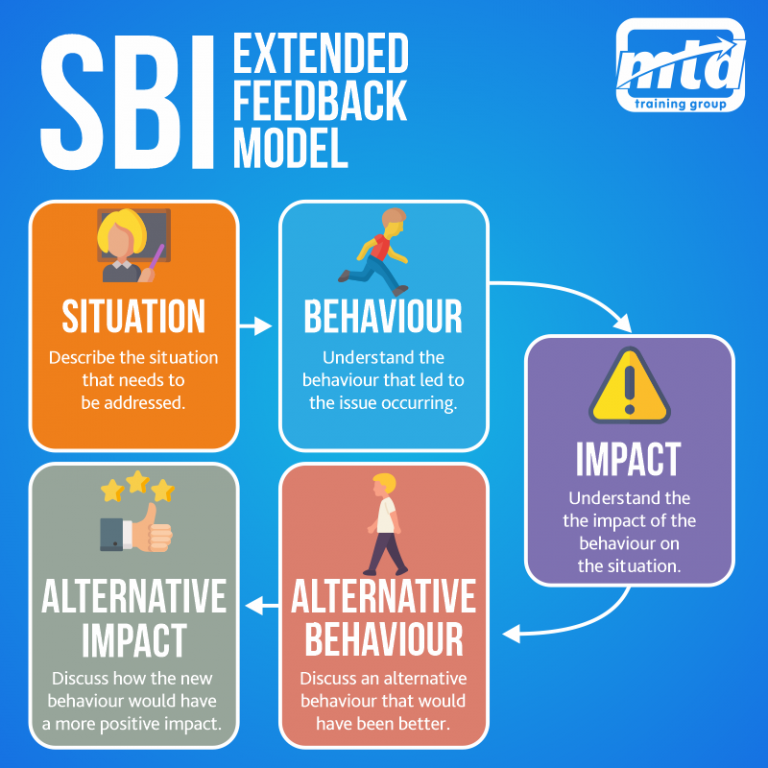
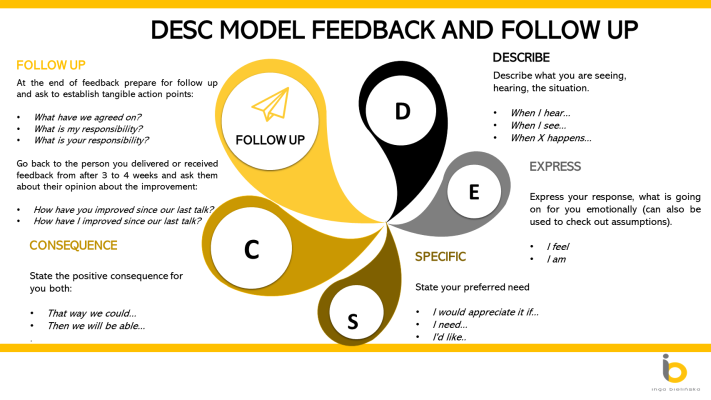
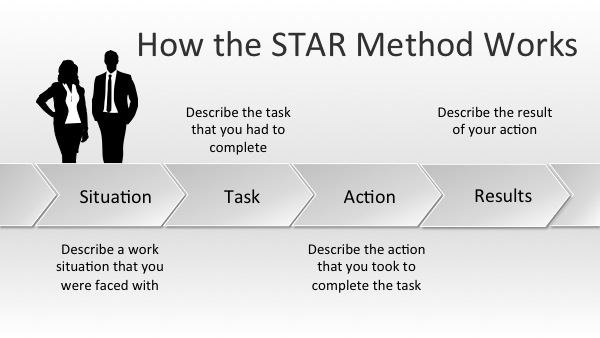


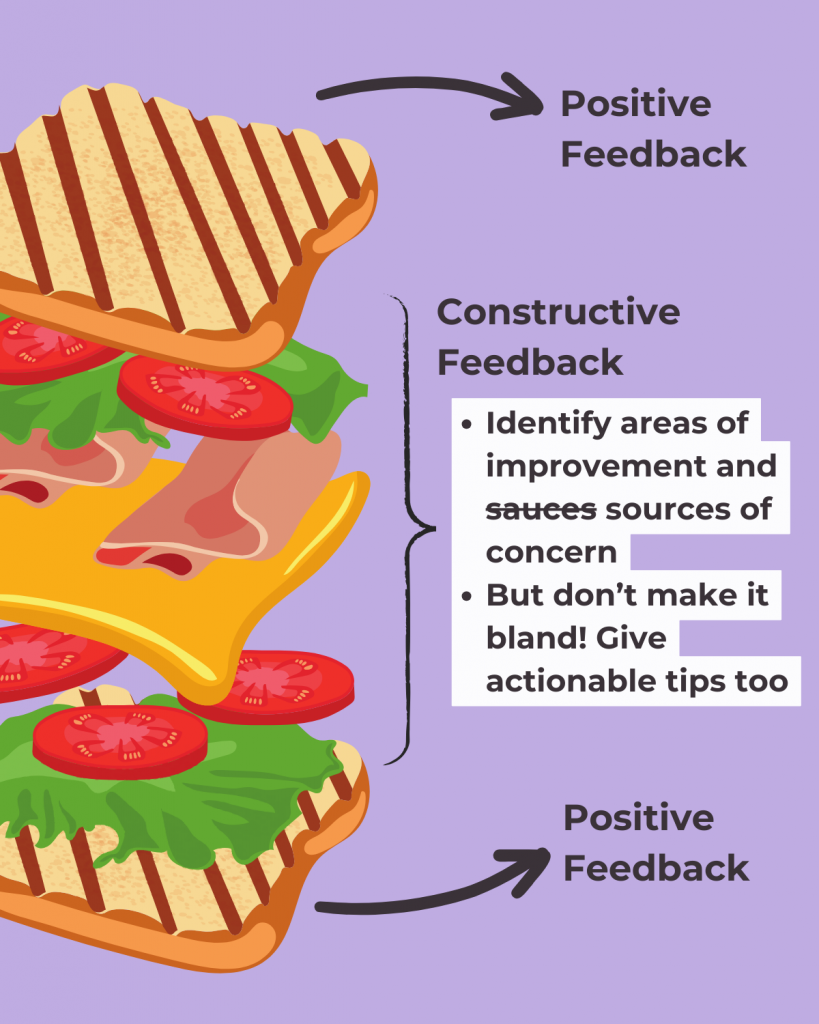
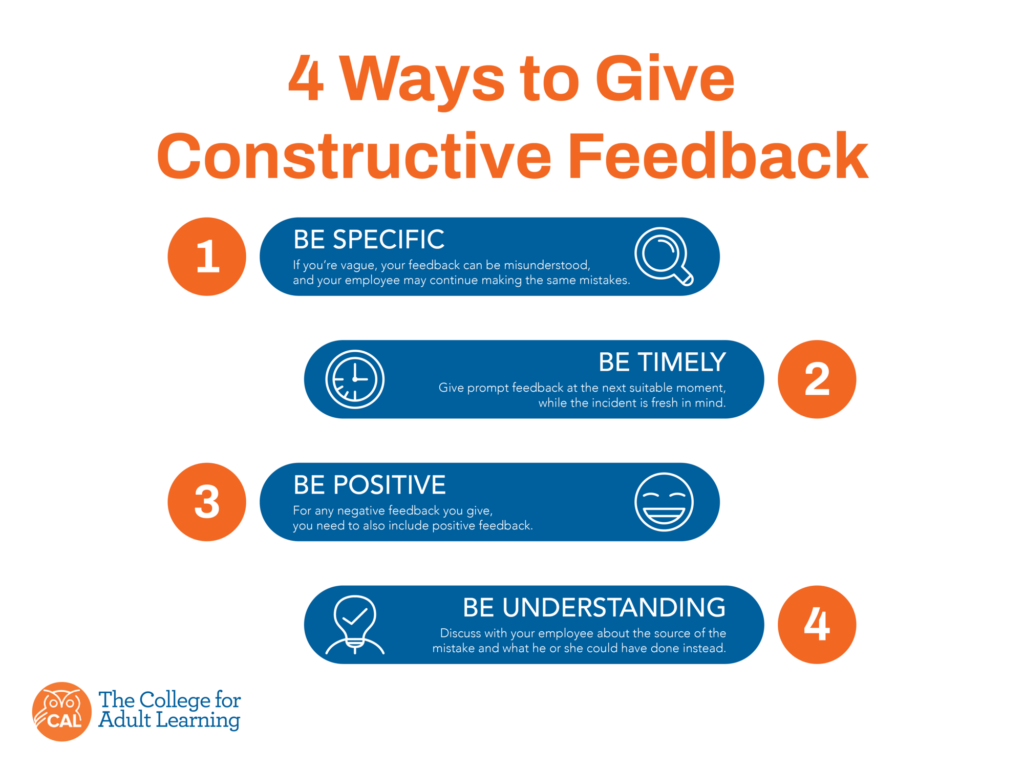




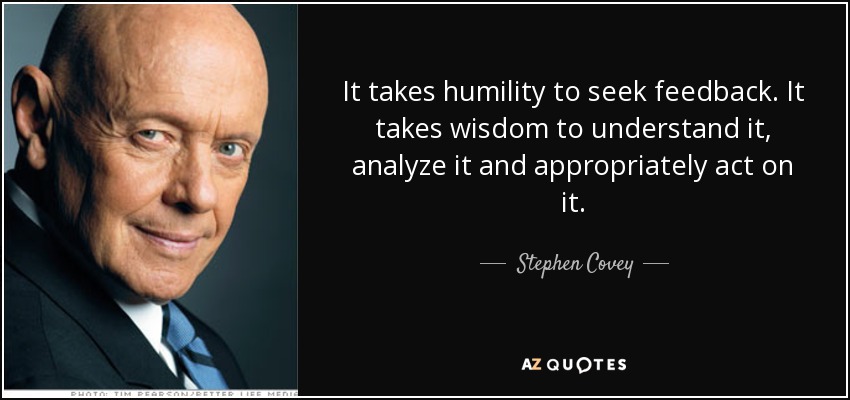
Comments
Post a Comment